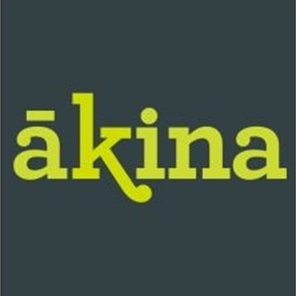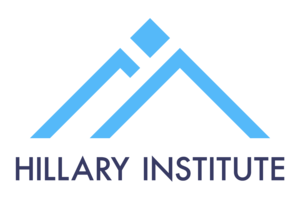Insurance premium auditing is essential for most businesses. This process ensures that the premium that is being charged accurately reflects the company’s level of risk. These audits usually occur on a yearly basis, right after the insurance expires. This type of insurance is usually based on estimates, so it is very important to hire an auditor who will demonstrate too much bias during the auditing process. The amount is usually calculated by adding the estimated payroll, business operations, and losses divided by mod. The final premium amount is determined by several factors, including auditor bias, actual premium basis, proper classifications, and rates that apply to the specific business.
It can be costly if the insurance needs are incorrectly estimated. This can lead to overcharging during the auditing process, which has affected 25% to 50% of business owners with insurance policies. Usually if the estimate is too low, owners will receive a bill for the additional premium. Estimates that are too high usually result in a refund in the form of a policy credit or check. There is around $60 billion of annual workers comp premium cost in the US, and around 15 to 20% of these premiums is lost to premium leakage per year.
The process for insurance premium auditing has several steps. First, the company with the insurance plan is contacted by an auditor who works for or is contracted by the insurance company. The auditor conducts an audit through several methods, including virtually, by phone, or by email. They review records of who works or is contracted by the insurance company.
There are several documents that can be reviewed thoroughly to perform the audit, such as payroll records, cash disbursements, tax records at the federal and state level, cash receipts, and certificates of insurance. After all evidence is reviewed, a final statement is provided and the company receives either a bill or a credit.
This process is now becoming streamlined thanks to the rise of AI in insurance premium auditing. AI technology is helpful for auditors to detect anomalies, predict premium trends, improve evidenced-based classification, uncover real-time business operation shifts, and boost overall data accuracy and reliability. AI is also available for different methods of contact, such as video conferences, phone calls, paper mailings, and web-based portals. It usually offers predictive analytics, which reduces the likelihood of inaccuracies in the auditing process.
Some of these newly offered AI solutions can help businesses save millions of dollars in the insurance premium auditing process. They serve businesses of almost every size and every type of industry. Audit management solutions help to ensure clear communication, a reduced administrative burden, mitigated errors, and overcharged premiums. After gathering all of the necessary records, all documentation and classifications are analysed to uncover potential opportunities for cost savings. This includes deductions and exemptions that might not otherwise be applied for.
After all the data is compiled into audit software, it is submitted to the auditor along with original records. The software allows for potential questions to be preemptively addressed within the report. In addition, the auditor is engaged directly to confirm that the report aligns with everything that has been submitted and to address any discrepancies. That way, the entire auditing process is guaranteed to be accurate, justified, and reflects the actual exposure.
With this proactive auditing support, businesses will be sure to never pay more than they actually owe to the insurance companies, regardless of whether the outcome is a bill or a credit. Insurance is already very expensive, so it is important that the auditing process is done properly to avoid incurring any overcharges.



 Vegetables New Zealand: Making It Easier To Grow Vegetables Critical For New Zealand
Vegetables New Zealand: Making It Easier To Grow Vegetables Critical For New Zealand Save Science: Save Science Coalition Releases Latest Toll Of Science Roles In Wake Of Further Cuts At Callaghan Innovation
Save Science: Save Science Coalition Releases Latest Toll Of Science Roles In Wake Of Further Cuts At Callaghan Innovation Hugh Grant: 10 Retail Merchandising Trends You Can't Ignore In 2025
Hugh Grant: 10 Retail Merchandising Trends You Can't Ignore In 2025 BusinessNZ Energy Council: Forging International Partnerships In Energy
BusinessNZ Energy Council: Forging International Partnerships In Energy Hugh Grant: Empowering Financial Insights With A News API
Hugh Grant: Empowering Financial Insights With A News API Nathan Cooper, The Conversation: Unambitious And Undermined - Why NZ’s Latest Climate Pledge Lacks The Crucial ‘Good Faith’ Factor
Nathan Cooper, The Conversation: Unambitious And Undermined - Why NZ’s Latest Climate Pledge Lacks The Crucial ‘Good Faith’ Factor



